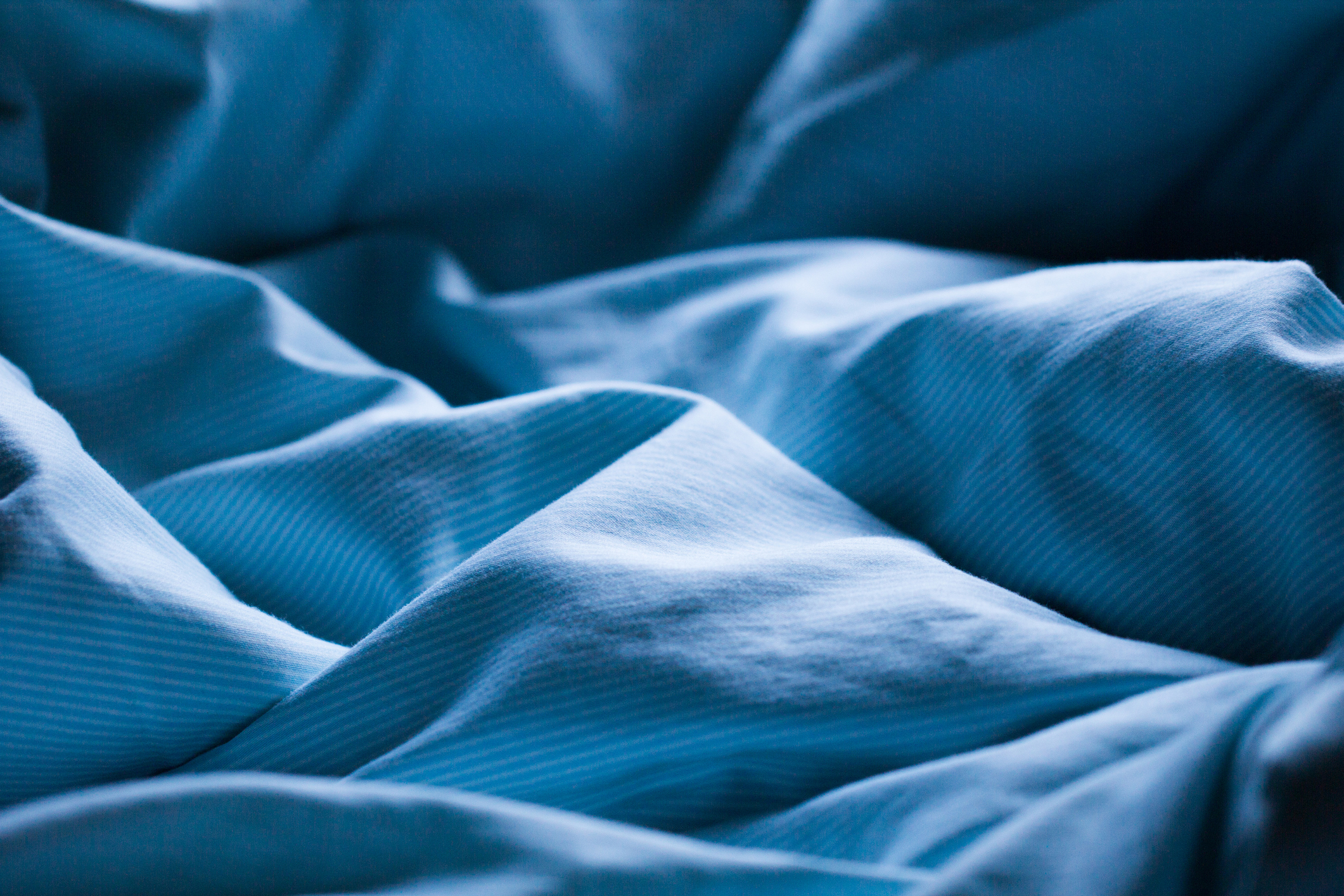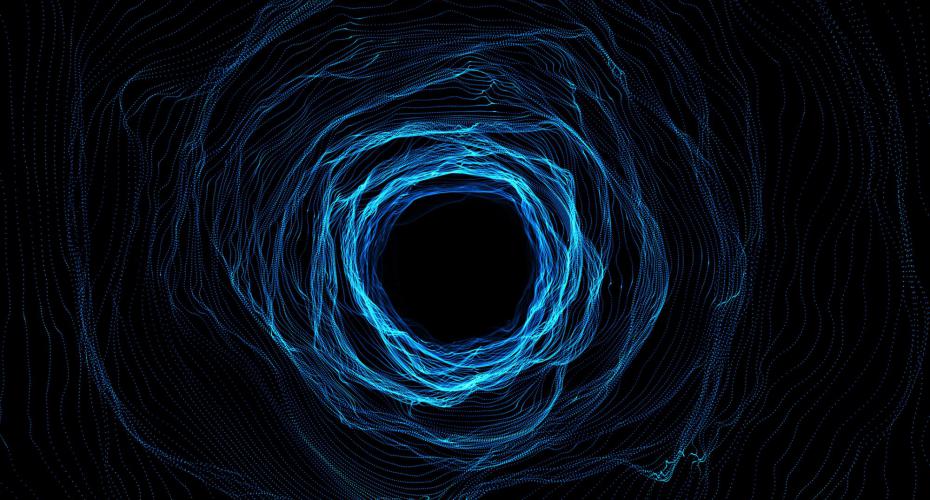Hypothesize This is a monthly series looking into trends, buzzwords and other phenomena with the curiosity of science. In 1984, a South African psychologist brought forward a paper suggesting that seasonal changes affect the mood and mental health of a significant proportion of the population. Coined as Seasonal Affective Disorder (SAD), Dr. Norman Rosenthal's work compiled 30 years of research, including interviews with some of the researchers working on the paper who had their own experiences with the phenomena. We sat down with a chronobiologist and adjunct professor at Simon Fraser University’s Department of Psychology, Myriam Juda, to talk about what gets us sad when we have SAD.
How does SAD work?
We all run on an internal clock that controls our sleep/wake cycle, internal temperature, and the timing of hormone release.
It’s called our Circadian Rhythm, which are ‘clocks’ throughout your body. It's tuned to the 24-hour light/dark cycle and times things like sleep, hunger and alertness.
The basic principle behind SAD is that light exposure is very important for our brain. We don’t know the exact cause but we do know that when our brains don’t get enough daylight, our circadian rhythm drifts. This can cause fatigue, depressive feelings, difficulty concentrating, insomnia, difficulty waking, carbohydrate cravings and overeating.
SAD is a more serious form of the winter blues and it could be a consequence of these typically cold-weather habits we acquire in darker months. Or it may be a consequence of the reduced light exposure independent of circadian rhythms. Or a combination of both.
So why does light matter so much?
The way our circadian clock detects light is through specialized photoreceptors located in our eyes, which are also linked to mood regions in our brain. These photoreceptors communicate directly with a part of the brain called the Suprachiasmatic nucleus (SCN) located in the hypothalamus.
Without sufficient exposure to daylight and— specifically early morning light— our SCN fails to properly synchronize to the 24-hour light dark cycle of the sun. This makes that internal clock of ours drift, delays our circadian rhythms and turns us into night owls. This leads to something we call social jetlag, a misalignment between our circadian clock and our social schedules, like work or school hours. Anyone waking up to an alarm clock, for example, is affected by social jetlag.
February is the coldest month. What happens when we find ourselves indoors more?
The cells in the SCN are specifically sensitive to blue coloured light, which a majority of our screens produce. That's why products like special eye-glasses or apps that block blue light have been increasing in popularity recently as this kind of light is thought to be bad for our health.
The misconception is that blue light specifically is bad. It is actually just the most stimulating on the light receiving cells in your eyes. While we should avoid light— especially blue light at night— we need more light exposure— especially blue light— during the day.
Is there such a thing as being "too indoor"?
If you’re indoors a lot you may experience the winter blues more intensely. Even on overcast days there can be around 10,000 lux of light available, in comparison to sunny days which can have up to 100,000 lux. But indoor lighting rarely exceeds 300 lux and in some cases, it can be as low as 50-100 lux.
My studies focus on LED lighting technology including the colour and intensity of light changing over the day. "Smartbulbs" on the market can replicate the natural progression of light colour through the day. However, they are still quite dim compared to the lights I use in my studies.
Specialized SAD light boxes can also be used! They are most beneficial in the mornings, ideally within the first two hours after your natural awakening. They can also be used while having coffee or getting ready for your day. But if you're considering one, be sure you’re getting a reputable brand. Lower quality SAD lamps will only have 10,000 lux if your nose is pressed against it.
So what can I do to prevent "circadian disruption" and the winter blues?
Get outdoors! Exercise is another method of alleviating depressive symptoms, so a good combination of both could mean going for a walk in the mornings after sunrise. It’s not understood exactly how long a person needs to be exposed to light, and it might vary, but an estimated 2 hours a day is suggested and as a little as 20-60 minutes for morning light exposure to start your day. A key factor here is that the earlier in the morning you get your light exposure, the better it is for your circadian rhythm.
Teens can be especially vulnerable, as the peak of circadian delay (the shift of the circadian rhythm during a person's lifetime) happens in girls at 19 and boys at 20. So in these years, healthy light exposure is even more critical.
If you feel your symptoms are affecting you negatively and would like more information, speak to your doctor. Nurses are also available on the BC Healthlink Line at 8-1-1 on any phone in BC.
Want to reconnect with the outdoors?
Adventure through the remote Pacific shores of Canada through our OMNIMAX® feature film Great Bear Rainforest and reconnect with earth’s largest coastal temperate rainforest.


